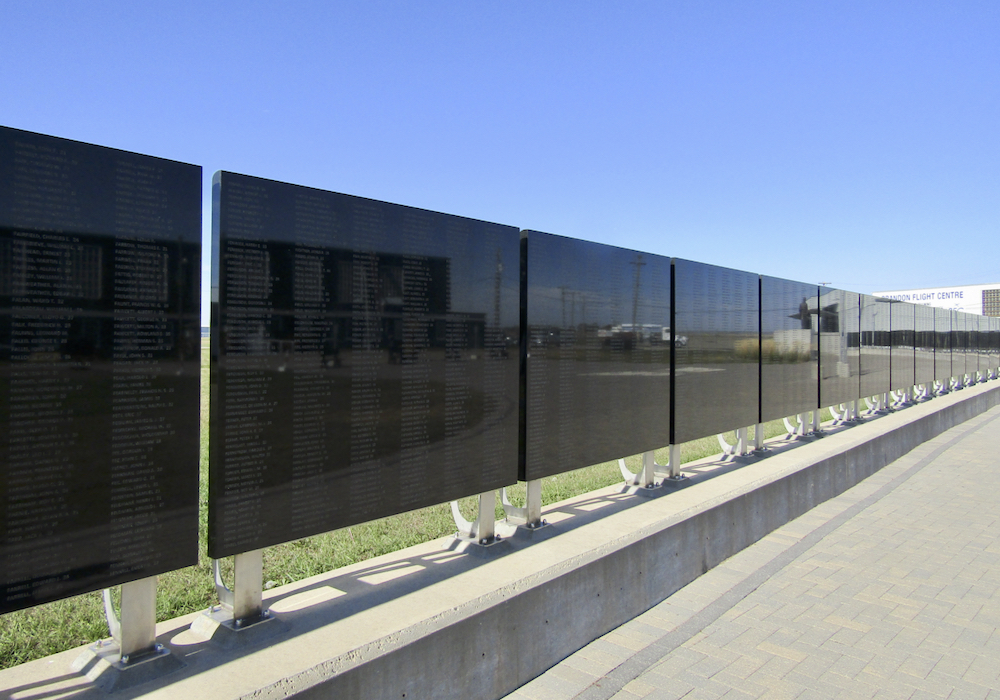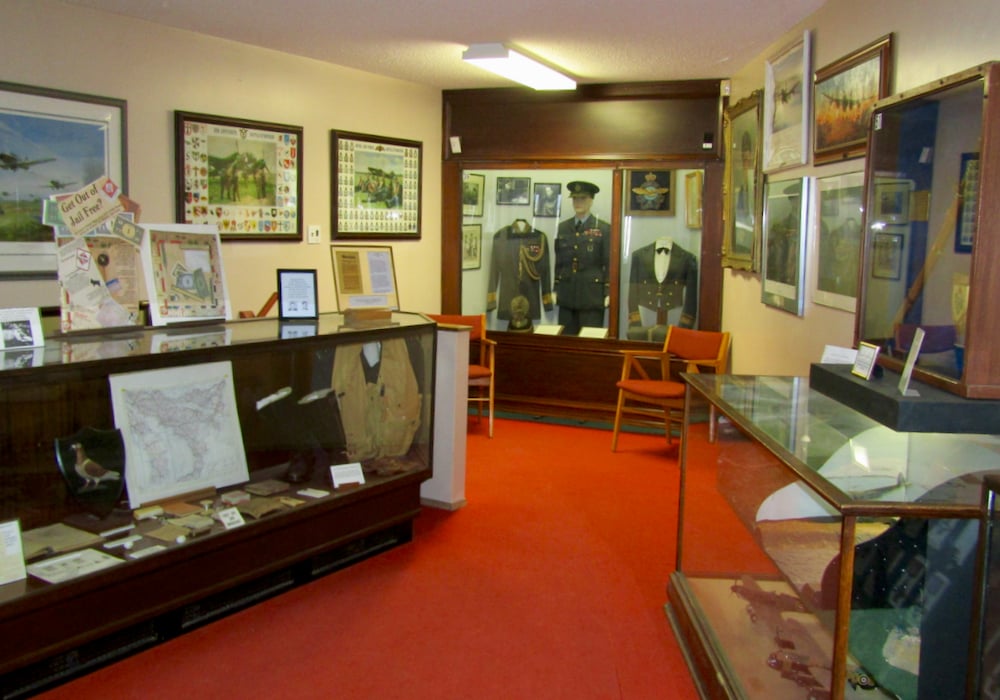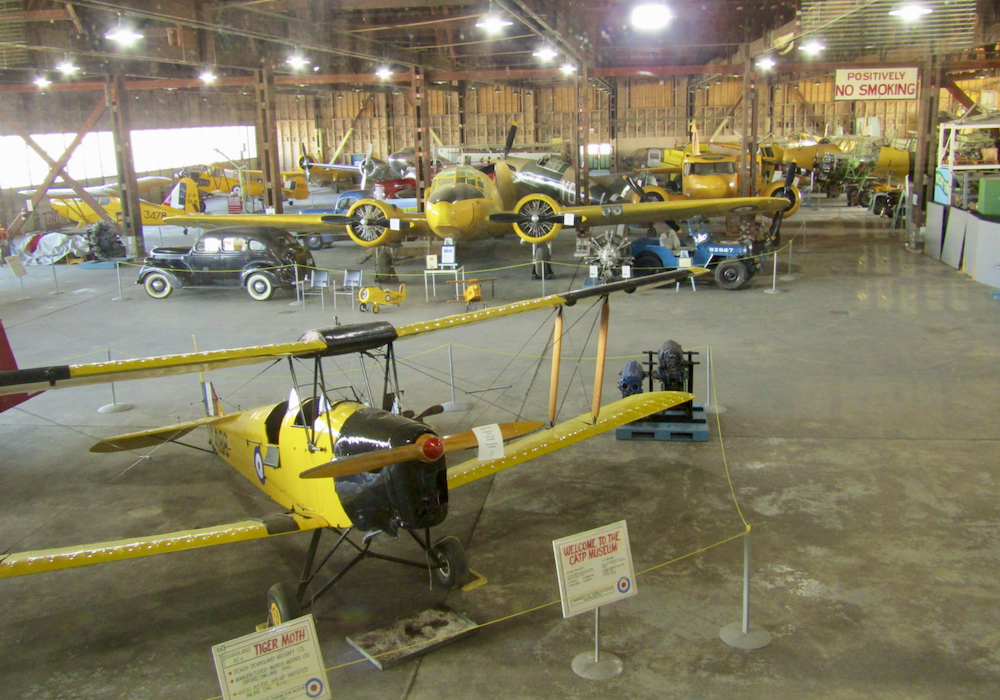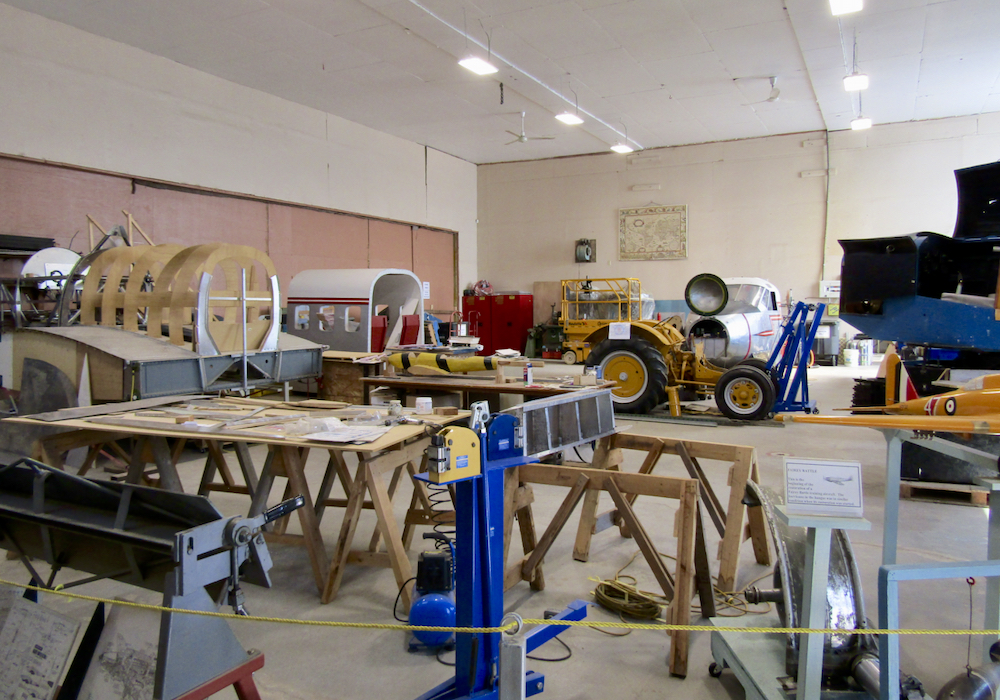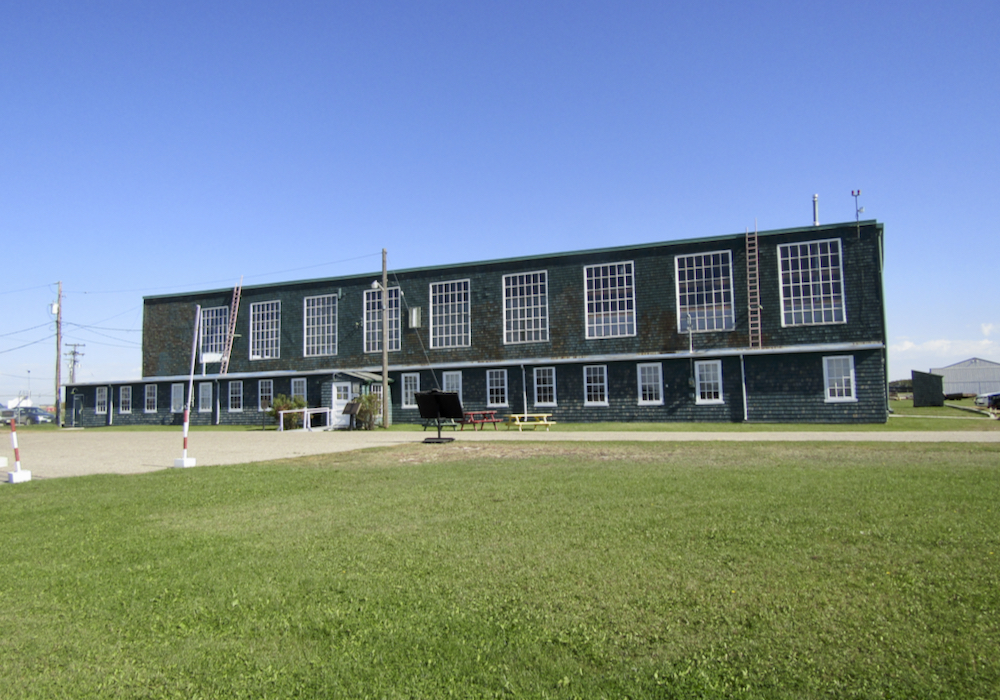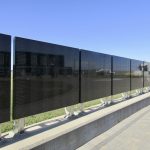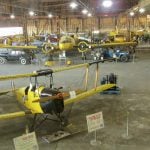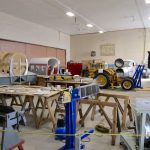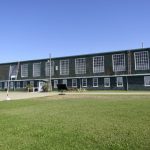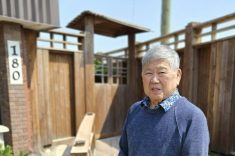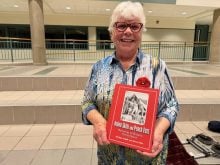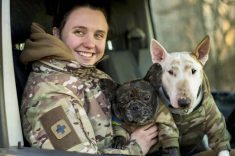
Pedal Planes for young 'pilots' beside an Avro Anson_DonnaGamache
Pedal planes will occupy the youngest visitors to the museum.
Photo: Donna Gamache
RCAF memorial_DonnaGamache
The RCAF memorial wall commemorates the more than 19,000 air service personnel from Canada who lost their lives during the Second World War.
Photo: Donna Gamache
RCAF museum_DonnaGamache
Don’t miss taking in the non-aircraft displays at the museum.
Photo: Donna Gamache
Hanger display, taken through the window from the second floor_DonnaGamache
Various aircraft used during pilot training in the museum’s plane display.
Photo: Donna Gamache
museum's workshop_DonnaGamache
Various artifacts of the Commonwealth Air Training Plan under restoration in the museum’s workshop.
Photo: Donna Gamache
Commonwealth Air Museum_DonnaGamache
The museum is located in one of the RCAF-designed hangars that once dotted the prairie region.
Photo: Donna Gamache
If you’re looking for an activity to help recognize Remembrance Day, consider a visit to the Commonwealth Air Training Plan Museum and RCAF WWII Memorial at McGill Field (Brandon Municipal Airport).
This was the site of a training school for pilots and other aircraft crews of the British Commonwealth during the Second World War. It is the only museum in the world dedicated to this training plan, which Winston Churchill called “Canada’s greatest contribution to the allied victory.”
The museum is in Hangar No. 1, where an entrance sign states it is “a well-preserved example of a British Commonwealth Air Training Plan double hangar. Designed by the Royal Canadian Air Force, it was built in 1940-41 to support the training of air crew from Canada and other Commonwealth countries.”
Read Also
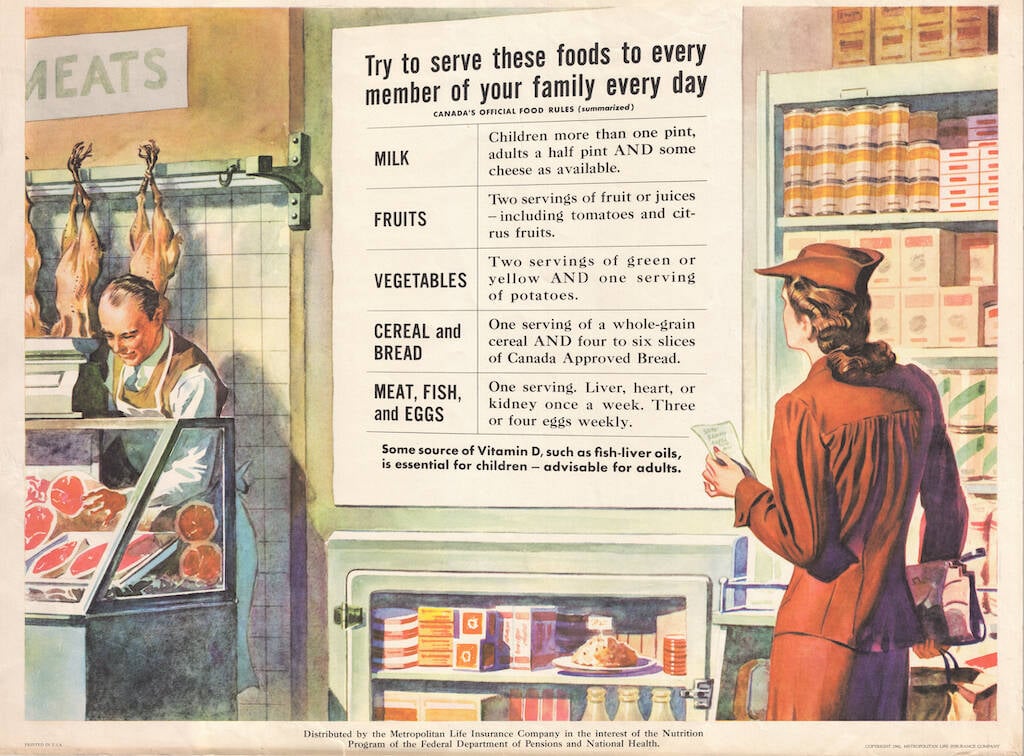
Canada’s ‘Harvest for Victory’ in the Second World War
Propaganda posters celebrating farming show the legacy of Canadian agriculture during the Second World War.
Hundreds of such structures were built across Canada during the war, especially on the Prairies, because of the flat land and open skies. Manitoba’s facilities included training schools at MacDonald, Dauphin, Rivers, Gimli, Neepawa, Carberry, Souris, Portage, Virden and several other places.
Most visitors to the museum will first see the vintage airplanes displayed in the open part of the hangar. These include an Avro Anson, a Fleet Finch, a Tiger Moth Biplane, a Harvard Mark II and a Stinson. RCAF staff cars and fire trucks from that time are also part of the exhibit.
Visitors can squeeze into one of the planes, nicknamed Stubby because the wings have been removed. It gives an idea of how crowded it would have been. Visitors with children will find ‘pedal planes’ to entertain the young ones.
There are other displays on the ground floor and upstairs. These include navigator displays, flight tools, uniforms, medals, various mementoes and pictures. An aircraft diorama is of interest to many.
On the main floor is a small chapel where visitors can spend a quiet moment to remember veterans. There is also the Tiger Moth Gift Shop with aviation-related items for sale.
The museum will be open on Nov. 11 from 1 to 4 p.m. for those who want to visit. These are also the usual hours from Oct. 1 to April 30, but summer hours from May 1 to Sept. 30 are from 10 a.m. to 4 p.m.
Admittance is free on Remembrance Day, while the usual rate is $10 for adults and $5 for ages 6 to 17. I was surprised to learn the museum is open every day of the year except Christmas Day.
From May to September, interested visitors can book some flying time in one of the museum’s vintage airplanes. To book a flight, or to inquire, email the museum at [email protected] or call 204-727-2444. You might like to visit first to look over the airplanes and decide which one is calling you to a flight.
In the museum workshop, volunteers restore old aircraft and do other projects. Volunteers sometimes take time to explain what they are working on.
Be sure to look over the WWII RCAF Memorial, the 300-foot-long black granite wall west of the hangar. This memorial lists more than 19,000 RCAF personnel who died between Sept. 3, 1939 and Aug. 12, 1945, as well as Canadians who perished while serving in any Commonwealth air force.
If you know Canadian air crew who died during that time, check for their names. They are listed alphabetically. The names are also listed in memorial books inside the museum. The Memorial Wall was unveiled on Sept. 10, 2014, on the 75th anniversary of Canada’s entry into the Second World War. It is always open to the public and there is no fee to visit it.
Various celebrations are held for the public throughout the year. Information and videos are on the website at airmuseum.ca.

